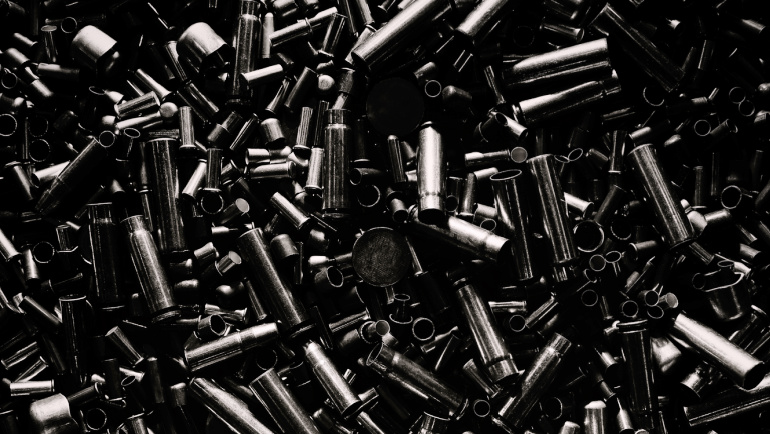
Gun violence is the leading cause of premature death in the United States, killing more than 38,000 people and causing nearly 85,000 injuries annually. While the issue of firearm violence is complex, it is increasingly viewed as a matter of public health and social justice. A recent report from the United States Department of Justice, in collaboration with the Bureau of Alcohol, Tobacco, Firearms, and Explosives (ATF), provides unprecedented data on the criminal use of firearms to provide data-driven insight to law enforcement, policymakers and researchers working to reduce and prevent firearm violence.

This report is the second volume of the National Firearms Commerce and Trafficking Assessment (NFCTA) and was produced through a partnership between the ATF and a collaborative group of academics, including Alaina De Biasi, assistant professor in the Department of Criminology and Criminal Justice at Wayne State University. De Biasi’s research interests include understanding the causes and consequences of firearm violence, leveraging ATF data systems to understand illicit firearm markets, and evaluating the effectiveness of violence prevention initiatives. De Biasi is also affiliated with the Center for Peace and Conflict Studies, where she works to increase its focus on firearm violence research.
The second volume of the NFCTA presents and analyzes data on firearms used in crimes recovered between 2017 and 2021. The report includes a wealth of data, including information related to firearm trafficking patterns, theft, and trends in firearm technology, such as the proliferation of devices that convert legal semi-automatic firearms into illegal fully automatic machine guns. De Biasi served as a contributing author on the report’s section on the National Integrated Ballistic Information Network (NIBIN) and ballistic evidence.
“When a firearm is discharged, it leaves a unique pattern on a cartridge case,” De Biasi said. “Through advanced three-dimensional imagery technology, NIBIN is able to digitally capture these unique patterns and provide information on whether a firearm was used in other shooting events. In doing so, detectives are able to connect crime scenes that may not have otherwise been connected through traditional means alone, which may improve case clearance rates. With this information, researchers can also better understand the criminal use histories of crime guns, which can lead to new and innovative strategies to address firearm violence.”
De Biasi’s current research focuses on understanding a firearm’s path to crime. She has studied both time-to-crime (TTC) — which indicates the time between a firearm’s last known purchase from a federal firearms licensee (FFL) and its recovery by law enforcement — and a relatively new measure, time-to-first-shooting (TTFS), which indicates the time between a firearm’s last known purchase from an FFL and its first shooting event. While both measures provide important information about a firearm’s criminal use history, De Biasi said TTFS is a better proxy of firearm trafficking than TTC, although it has not yet been readily used in this way.
“Generally, the shorter the TTC or TTFS, the more likely it is that a firearm has been trafficked,” she said. “The report’s data shows that median TTFS is shorter than TTC, suggesting that we might be better able to prevent violent crime by leveraging this new firearm trafficking indicator in firearm trafficking investigations.”